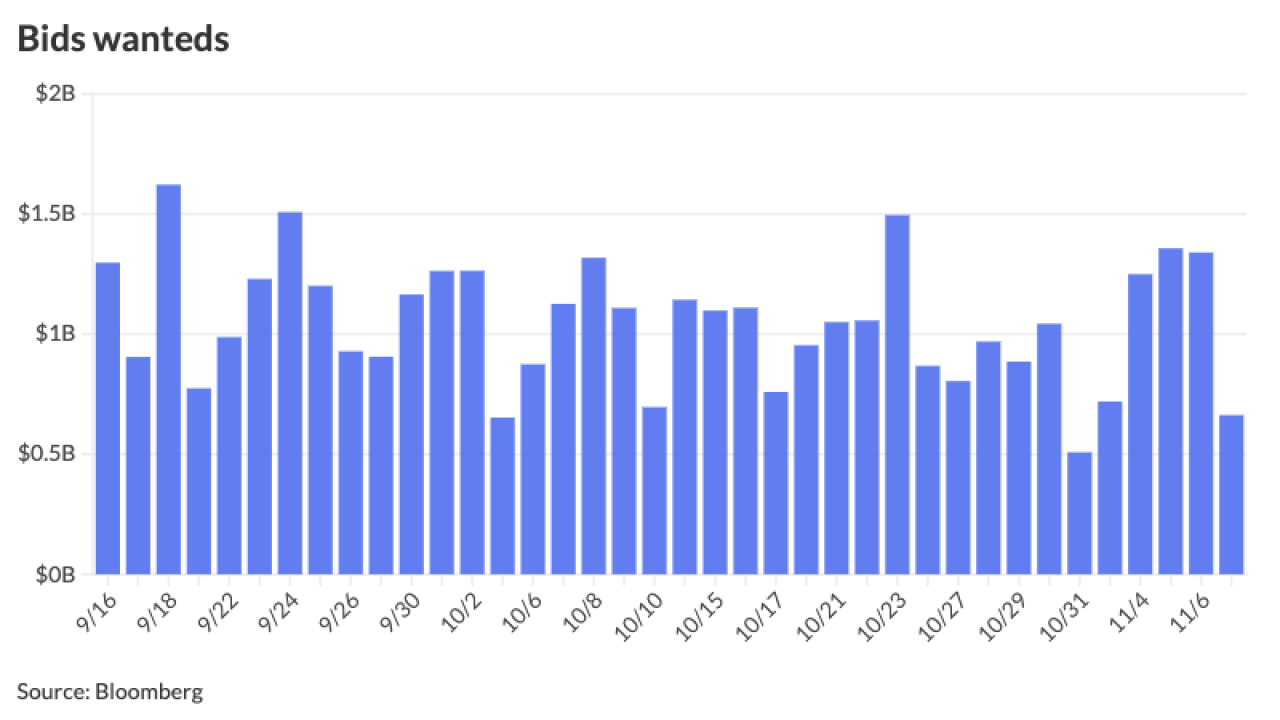The Conference Board's Employment Trends Index (ETI) grew to 110.72 in October from a downwardly revised 110.39 in September, first reported as 110.77, and is up 4.6% from a year ago, the group announced Monday.
The base year of the composite index is 2016=100.

"After last month’s decline, The Employment Trends Index bounced back and is signaling solid employment growth through the winter," said Gad Levanon, chief economist, North America, at The Conference Board. "The main determinants of wage growth – economic growth, a tight labor market, faster inflation and labor productivity growth – are all aligning to accelerate wage growth. Higher labor costs are putting pressure on corporate profits and provide additional incentive for businesses to cut costs through efficiency gains and automation, as well as pass the higher costs on to consumers, fueling inflation. At the same time, higher interest rates will slow down the US economy in 2019. On the positive side, better labor market conditions are likely to continue to draw more workers from the sidelines and raise job satisfaction for existing workers."
The increasing indicators — from the largest contributor to the smallest — were: the percentage of respondents who say they find “jobs hard to get,” industrial production, real manufacturing and trade sales, the ratio of involuntarily part-time to all part-time workers, and the number of employees hired by the temporary-help industry, according to the Conference Board.
The ETI aggregates eight labor-market indicators, each of which has proven accurate in its own area. Aggregating individual indicators into a composite index filters out so-called "noise" to show underlying trends more clearly.
The eight labor-market indicators aggregated into the ETI include: Percentage of respondents who say they find "Jobs Hard to Get" (The Conference Board Consumer Confidence Survey); Initial Claims for Unemployment Insurance (U.S. Department of Labor); Percentage of Firms With Positions Not Able to Fill Right Now (National Federation of Independent Business Research Foundation); Number of Employees Hired by the Temporary-Help Industry (U.S. Bureau of Labor Statistics); Part-time Workers for Economic Reasons (BLS); Job Openings (BLS); Industrial Production (Federal Reserve Board); and Real Manufacturing and Trade Sales (U.S. Bureau of Economic Analysis).





